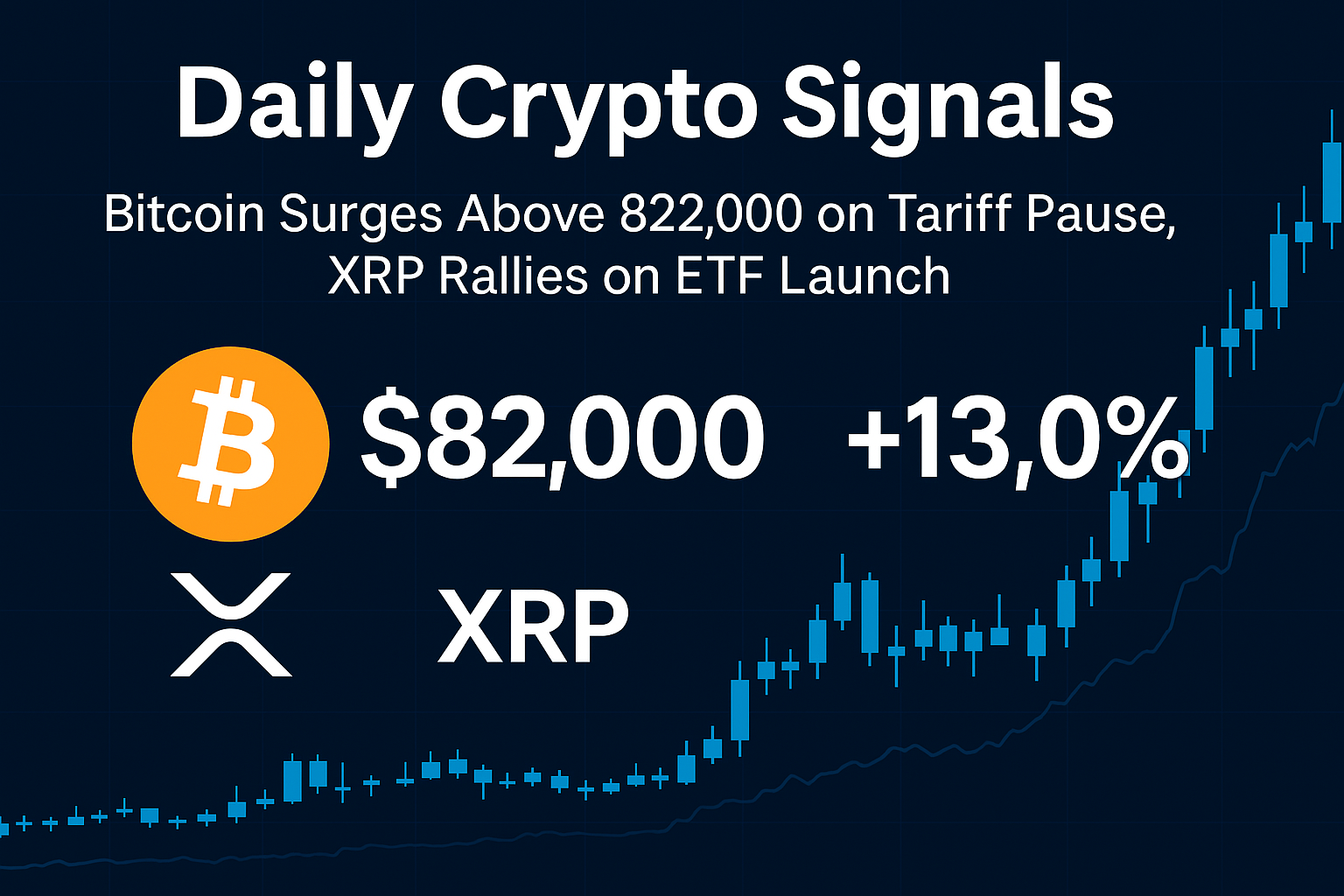Bitcoin has been showing remarkable stability, hovering around the $58,000 mark despite some minor market fluctuations. Over the past few days, the leading cryptocurrency saw a slight dip of 0.11%, but what caught investors’ attention was the significant increase in trading volume by over 20%. This uptick in activity suggests that the market is far from stagnant and that Bitcoin is still very much in play, even in a period of relative price stability.
The Impact of Market Fluctuations
Bitcoin’s current price movement might seem modest in the grand scheme, but it tells an important story about the state of the market. Typically, a stable Bitcoin price indicates that the market is consolidating, which often leads to more significant moves in the near future. In this case, Bitcoin holding steady around $58,000 suggests that the cryptocurrency might be gearing up for either a bullish breakout or a bearish correction.
The slight 0.11% dip in Bitcoin’s price is not a cause for concern for most traders and investors. Market fluctuations of this size are common in the crypto world and can often be attributed to short-term factors such as small-scale sell-offs or minor corrections after a period of gains. However, the increase in trading volume by over 20% indicates renewed market interest, which is a positive sign for those anticipating more significant moves ahead.
Why Investors Are Cautiously Optimistic
One of the reasons behind this renewed market activity is the cautious optimism surrounding potential updates from the Federal Reserve. Investors are closely watching the Federal Reserve’s next steps regarding interest rates, as any changes could significantly impact the broader financial markets, including cryptocurrencies.
If the Federal Reserve signals a pause or reduction in interest rate hikes, it could serve as a bullish catalyst for Bitcoin and other risk-on assets. Lower interest rates typically lead to increased liquidity in the financial system, which can drive more investment into speculative assets like cryptocurrencies. On the other hand, if the Fed takes a more aggressive stance on interest rates, it could temporarily put downward pressure on Bitcoin’s price as investors seek safer assets.
Bitcoin’s Role as a Hedge Against Inflation
Bitcoin’s relative stability in recent times has sparked renewed conversations about its role as a hedge against inflation. With traditional markets closely tied to central bank decisions, many investors are turning to Bitcoin as a store of value. Historically, Bitcoin has been viewed as “digital gold” due to its fixed supply and decentralized nature, making it an attractive asset for those looking to protect their wealth in times of economic uncertainty.
As inflation concerns persist in many economies, Bitcoin’s allure as a hedge continues to grow. If inflation remains high and central banks struggle to contain it, more institutional and retail investors may turn to Bitcoin as a way to preserve purchasing power.
What to Expect Next
Looking forward, there are a few key factors that could influence Bitcoin’s price in the coming weeks. Firstly, macroeconomic factors, including any announcements from the Federal Reserve about interest rates, will play a significant role. Additionally, any major regulatory developments, especially in regions like the United States and Europe, could also impact Bitcoin’s price.
Technical indicators will also be crucial. Bitcoin’s ability to hold the $58,000 support level suggests that it is building strength, but breaking through resistance levels around $60,000 would be a bullish signal. Conversely, a break below key support levels could lead to short-term selling pressure.
Bitcoin’s current stability around $58,000, combined with an increase in trading volume, indicates that the market is poised for its next move. Investors are cautiously optimistic, awaiting potential news from the Federal Reserve that could have ripple effects across financial markets. Whether Bitcoin continues its upward trend or faces a temporary pullback will depend on a mix of technical and macroeconomic factors. For now, the cryptocurrency market remains active, with Bitcoin continuing to hold its ground as a leading asset in the digital economy.
This period of consolidation may offer opportunities for both short-term traders and long-term investors, as Bitcoin’s resilience at $58,000 signals that the market is preparing for its next phase. As always, staying informed about market trends and macroeconomic developments will be key to navigating the future of Bitcoin and the broader cryptocurrency market.




